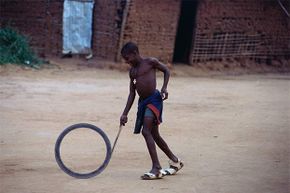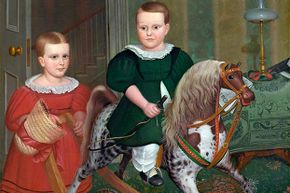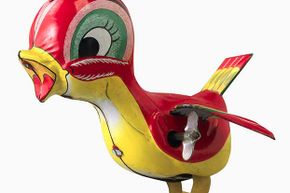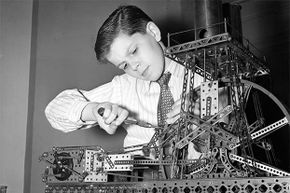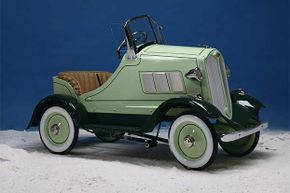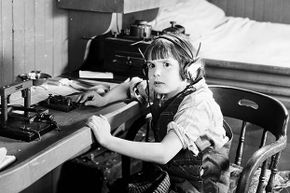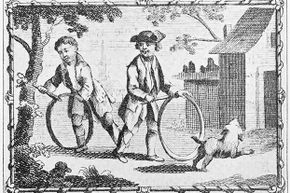Families living 100 or more years ago would be flabbergasted at the number and variety of toys in most 21st century American homes. Before the days of mass production and movie tie-ins, children might have owned one or two treasured toys, and they were just as likely to be handmade as store-bought.
The earliest written mention of a toy comes from Greece in 500 B.C.E. and referred to a yo-yo [source: Encyclopaedia Brittanica]. However, before the 18th century, toys as such, barely existed. Children often improvised playthings from whittled-down sticks or else played with cooking utensils while imitating their mothers at work. In any case, children didn't have a lot of time for play as they were expected to work in the house or on the farm. Commercially made toys began to appear in the mid-1700s and took the form of dolls, dollhouses and rocking horses, among other items. Indeed, these exquisite expensive items were often for wealthy adults as much as their children – a "toy" didn't necessarily mean an object for a child, but rather an item of amusement or diversion [source: Chudacoff]. In the 1700s and 1800s, the toys that most children possessed such as kites, hoops or dolls were likely to have been made at home.
Advertisement
With the advent of mass manufacturing at the turn of the 20th century, commercially produced toys became cheap and ubiquitous. Some of the most popular ones today are versions of toys that were popular in the early 1900s or even before that.
